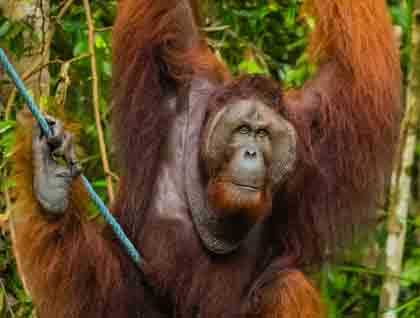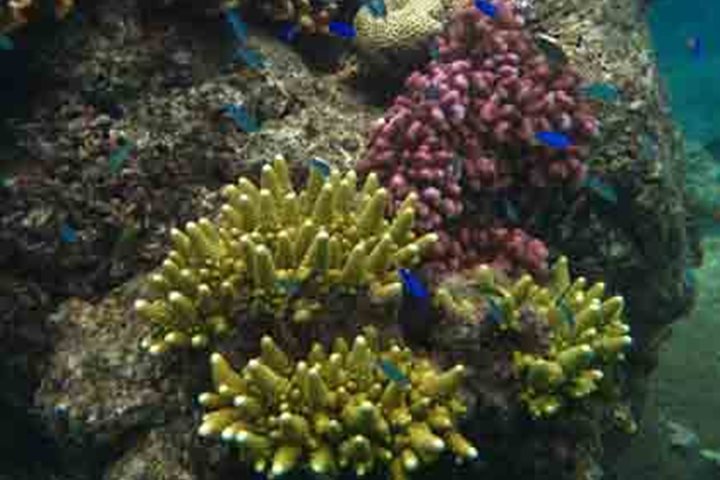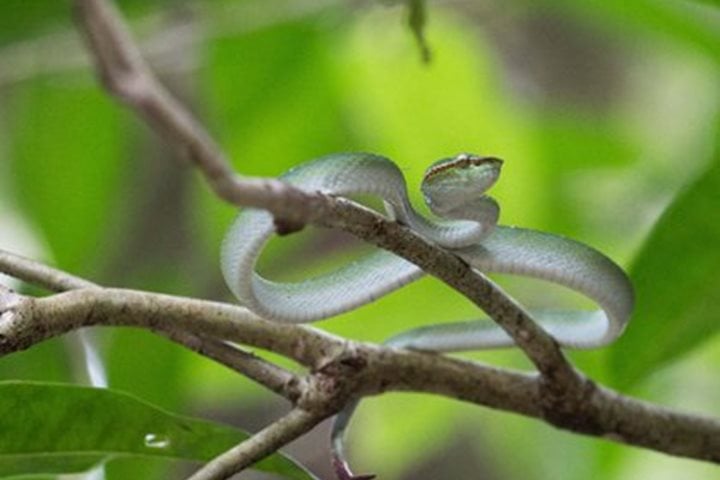As the National Geographic Orion arrived at Kuching, the capital of Sarawak, the anticipation of meeting orangutans for the first time was building onboard. We were all excited to have the chance greet this special and endangered ape. However, we had to wait a bit longer as it was time to explore the busy capital and learn about this multicultural and most populous city of the East Malaysian state.
Kuching has a fascinating history. From a past of fierce tribal headhunters and native Iban longhouses to a thriving and growing modern city, Kuching impresses for its unique architecture and fast development. We had the opportunity to discover the back streets, shop around for traditional artifacts, handicrafts and visit the natural history and ethnographic museum. Built in 1891, the Sarawak Museum is a great source of information exhibiting and interpreting collections on the natural history of Sarawak.
Then it was time to head to the Semenggoh Rehabilitation Center, a 1,600-acre reserve dedicated to rehabilitating rescued, orphaned and injured animals. The center has been a resounding success, caring for almost 1,000 endangered mammals, birds and reptiles from dozens of different species. However, it is the orangutan rehabilitation program that has made the center famous. In one respect, Semenggoh has been too successful – so many orangutans have been successfully reintroduced into the surrounding forest reserve that the forest’s carrying capacity has been reached. As a result, rehabilitation activities have been transferred to the Matang Wildlife Center, part of Kubah National Park.
We had our first opportunity to observe semi-wild orangutans ranging from tiny infants and active adolescents to dignified mature adults, enjoying life in a secure natural habitat. Back onboard, after a delicious dinner, we had the chance to enjoy a traditional Sarawak dance and a Malay drum performance, a great way to end another amazing day at the National Geographic Orion.









